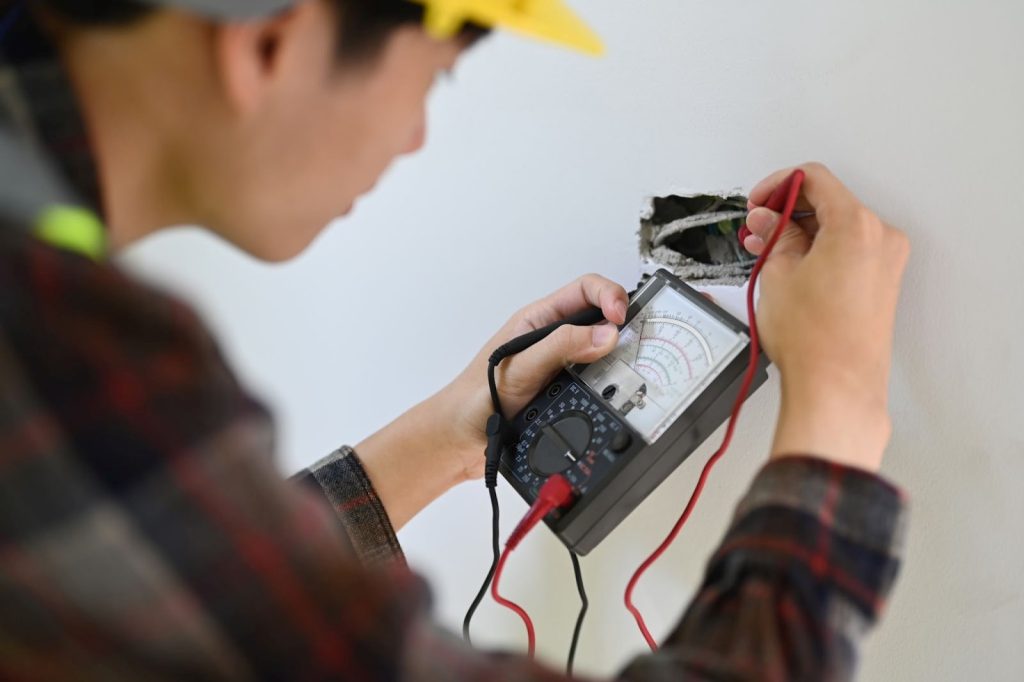Have you ever heard of Legionella and wondered how it is transmitted and where it is commonly found? Legionella is a bacteria that can cause a serious respiratory infection known as Legionnaires’ disease. Understanding how these bacteria spread and where they are commonly found is crucial to prevent their transmission and protecting your health. Legionnaires’ disease first gained public attention in 1976 when an outbreak occurred at an American Legion convention in Philadelphia.
Since then, there have been numerous cases reported worldwide, highlighting the importance of understanding its transmission and common locations. With more knowledge about Legionella and its sources of transmission, we can take necessary precautions to minimize the risk of infection. In this article, we explain how Legionella is transmitted and where it is commonly found in order to protect you from this dangerous bacteria.
How Is Legionella Transmitted?
Legionella is most commonly transmitted through inhalation of contaminated water droplets. This transmission occurs when a person breathes in small droplets of water that contain the Legionella bacteria. Once inhaled, the bacteria can enter the respiratory system and cause Legionnaires’ disease, a severe form of pneumonia. Although inhalation of water droplets is the most common way it is transmitted, on extremely rare occasions, person-to-person transmission is also possible.
Water is the primary source of Legionella transmission, as the bacteria thrive in warm, stagnant water environments. Hot tubs, whirlpools, and spa pools are common sources of Legionella outbreaks, as the warm water and aerosolized droplets create an ideal breeding ground for the bacteria. Cooling towers, which are used to regulate water temperature, can also harbor Legionella if not properly maintained and cleaned. When these water systems are not properly maintained or disinfected, the bacteria can multiply and be released into the air in the form of droplets of water. Once inhaled, Legionella bacteria can cause Legionnaires’ disease.
Symptoms include high fever, cough, chest pain, shortness of breath, muscle aches, and headaches. It is important to note that not everyone who is exposed to Legionella will develop the disease, but those who are immunocompromised or have underlying health conditions are at a higher risk. Exposure to Legionella can occur in various settings, such as hospitals, hotels, and public buildings. Individuals who are at a higher risk of contracting Legionnaires’ disease include those with weakened immune systems, smokers, and older adults.
Diagnosis of Legionnaires’ disease can be challenging, as its symptoms are similar to other respiratory illnesses. However, a thorough medical evaluation, including a chest X-ray and laboratory tests, can confirm the presence of Legionella bacteria. Early diagnosis and prompt treatment are essential to prevent severe complications associated with Legionnaires’ disease.
What is Legionella and why is it a concern?
Contaminated Water Sources
Contaminated water sources can be a breeding ground for the bacteria responsible for Legionnaires’ disease. Legionella, the bacteria that causes this chronic lung disease, thrives in water, especially when the water is warm and stagnant. Legionella can be found in various residential and fresh water sources, including:
- Rivers
- Lakes
- Reservoirs
- Hot water tanks
- Evaporative condensers
- Whirlpool spas
- Air-conditioning cooling towers
- Swimming pools
- Plumbing systems
- Drinking water
Outbreaks of Legionnaires’ can occur from any form of contaminated water, whether that be from an environmental source or a man-made water system. If the water has the right conditions for a Legionella specy to thrive, it will thrive and the risk factor will increase. Since the source of infection can be so widespread, it is essential to take proper care of all water sources and regularly carry out professional Legionella checks.
How To Test Your Water
To test for Legionella in water, it is recommended to contact a water hygiene professional. They will send a water sample to a lab for testing. It is important to contact a professional because a DIY test may not be reliable. During the risk assessment, the water specialist will collect samples from all faucets in your home. These samples will then be sent to a lab for testing.
Results from the standard lab culture approach may take 7 to 10 days to arrive. PCR testing, which is most commonly known for detecting Coronavirus, can also be used to test for Legionella in water. These tests usually take 24-48 hours to complete, providing quicker results for suspected Legionella in your water system.
What To Do If You Suspect You Have Been Exposed?
If you suspect that you have been exposed to Legionella or are experiencing symptoms of Legionnaires’ disease, it’s important to seek medical attention as soon as possible. The symptoms of Legionnaires’ disease are similar to those of any other type of pneumonia and can include high fever, cough, shortness of breath, muscle aches, loss of appetite, and headaches. These symptoms can begin anywhere from 2 to 14 days after exposure.
Your doctor can perform tests to determine if you have Legionnaires’ disease, such as a urine or sputum test to detect the presence of Legionella pneumophila, the most common cause of the respiratory disease. The treatment for people with Legionnaires’ is typically antibiotics and is similar to the treatment for all types of pneumonia. The specific antibiotic therapy and duration of treatment will depend on the severity of your symptoms and your overall health condition.
Healthy people who contract the disease are better equipped to fight it off than individuals who have a weakened immune system. The disease can range from a mild chest infection to severe pneumonia, and in some cases, it can be life-threatening. Prompt and effective treatment with antibiotics can help reduce the severity of the illness and improve outcomes. It’s important to follow your doctor’s instructions and complete the entire course of antibiotic treatment to ensure that the infection is fully cleared from your system.
How to Reduce the Risk of Legionella Infection
Taking proactive measures such as regularly cleaning and disinfecting air conditioning units and maintaining proper water hygiene can significantly reduce the risk of contracting Legionnaires’ disease. To manage Legionella bacteria risks, the best approach is to remove the risk whenever possible. Below are expert tips to minimize the risk of a Legionnaires’ outbreak.
Remove Dead-End Pipework
The risk of Legionnaires’ disease increases when water sources remain stagnant for long periods of time, which is what happens when you have dead-end pipes. Dead-end pipes are pipes that are no longer in use but still hold water that becomes stagnant. This stagnant water becomes a breeding ground for disease bacterium leading to an infected water supply. You should therefore remove all dead-end pipework in order to ensure your water supply is continuously flowing.
Regularly Test Water Supplies
Testing water sources regularly for Legionella contamination is important for multiple reasons. Legionnaires’ disease can be life-threatening, so detecting Legionella in water systems early on can prevent outbreaks and protect public health. Regular testing helps identify high-risk areas like cooling towers, hot tubs, and plumbing systems, allowing for timely interventions and effective control measures.
Additionally, testing assesses the effectiveness of water treatment and management strategies, ensuring preventive measures are in place to minimize Legionella risk. Routine testing empowers individuals, businesses, and health authorities to proactively manage and maintain safe water systems, reducing the chances of Legionnaires’ disease cases and promoting healthier environments.
Assign A Legionella Competent Person
Assigning a Legionella competent person is crucial to prevent Legionella contamination. This person has specialized knowledge and expertise to effectively manage and control the bacterium. They can assess and identify potential Legionella sources, implement preventive measures, and ensure compliance with regulations. The designated person conducts risk assessments, monitors water systems, implements control measures, and conducts inspections and maintenance. Having a Legionella competent person in place helps organizations proactively manage the risk of contamination.
Legionella Risk Assessment Services
Legionella is a disease that can have serious consequences, which is why it is essential to prevent the contamination of water sources you are responsible for. If you suspect that your water has been contaminated, it is essential that you book a Legionella risk assessment immediately. Legionella Risk and PAT can send an expert to your location to identify the presence of bacteria in your water systems. We provide you with the resources you need to maintain a safe water system and prevent future problems.
Our risk assessment involves:
- Checking all water sources, such as water outlets, water heaters, and pipework in your property;
- Assessing who is at risk from these dangers;
- Water temperature checks;
- Identifying if there are Legionella bacteria in the water system;
- Setting up the necessary safety measures to control and minimize the threat of Legionella bacteria spreading across your property;
- Documenting the evidence gathered while doing the assessment and presenting you with your Legionella risk assessment report on the same day.


